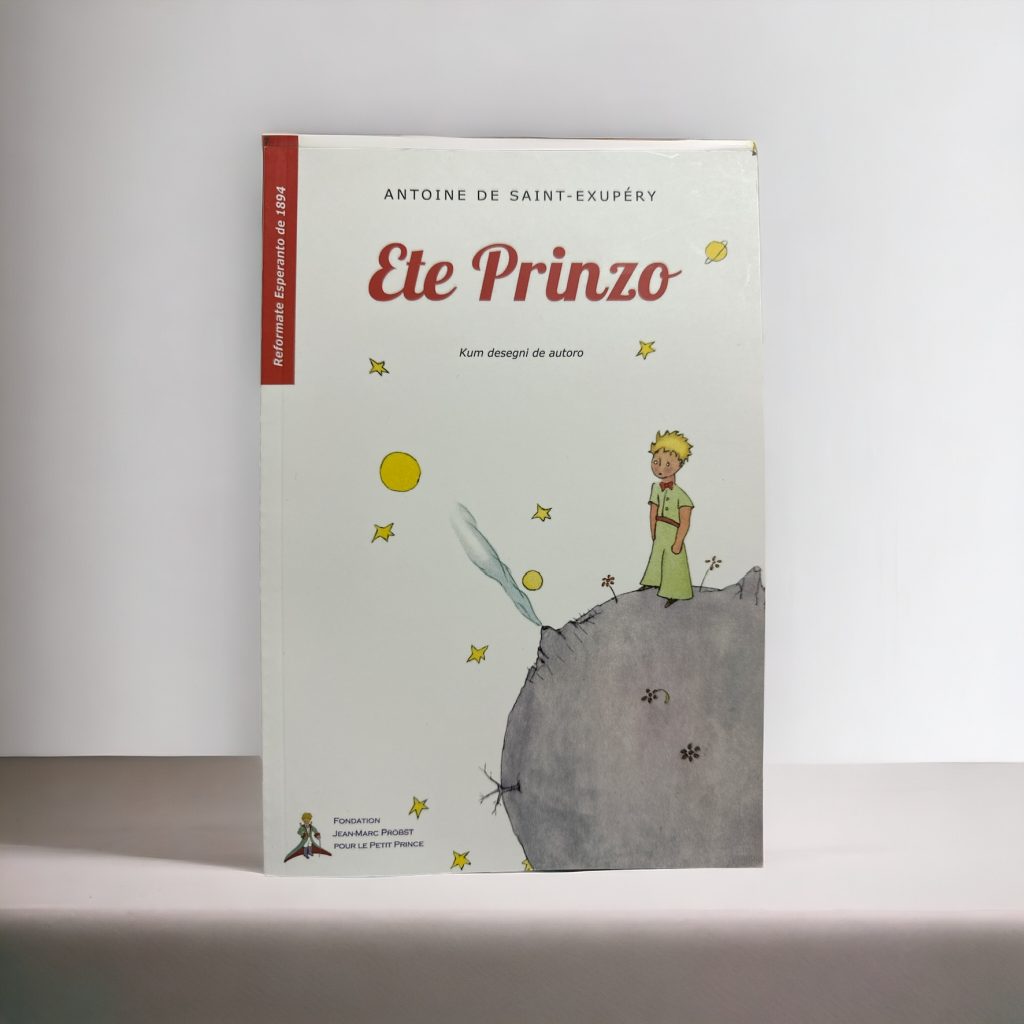
Ete Prinzo — in Reformed Esperanto.
Esperanto, an artificial language created by L. L. Zamenhof in the late 19th century, was designed to be an easy-to-learn and politically neutral language that could foster international communication and understanding. Since its inception, Esperanto has attracted a dedicated following, but it has also undergone various reform attempts.
These reformed versions of Esperanto, often proposed by Esperanto speakers or linguists, aimed to address perceived flaws or complexities in the original design of the language. Common areas of reform include simplifying the grammar, removing exceptions, altering vocabulary to make it more intuitive or inclusive, and adjusting pronunciation rules.
It’s important to note that while these reformed versions exist, none have surpassed Esperanto in terms of popularity or usage. The Esperanto community remains active, with many enthusiasts preferring the original version of the language as envisioned by Zamenhof.


